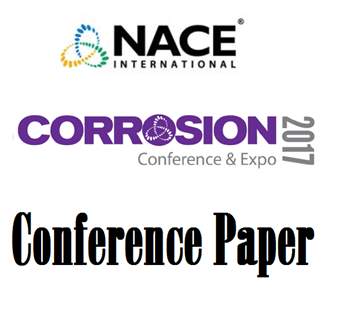Search
03431 CORROSION MONITORING IN OIL AND GAS PRODUCTION
Also Purchased
Enhanced Corrosion Prediction Model for Multiphase Oil and Gas Production Systems
Product Number:
51317--9419-SG
ISBN:
9419 2017 CP
Publication Date:
2017
$20.00
51318-10593-OPTIMIZED COSTING OF CORROSION CONTROL METHODS IN OIL AND GAS FACILITIES
Product Number:
51318-10593-SG
Publication Date:
2018
$20.00
97039 LIMITATIONS FOR THE APPLICATION OF 13CR STEEL IN OIL AND GAS Production ENVIRONMENTS
Product Number:
51300-97039-SG
ISBN:
97039 1997 CP
$20.00
Recently viewed




